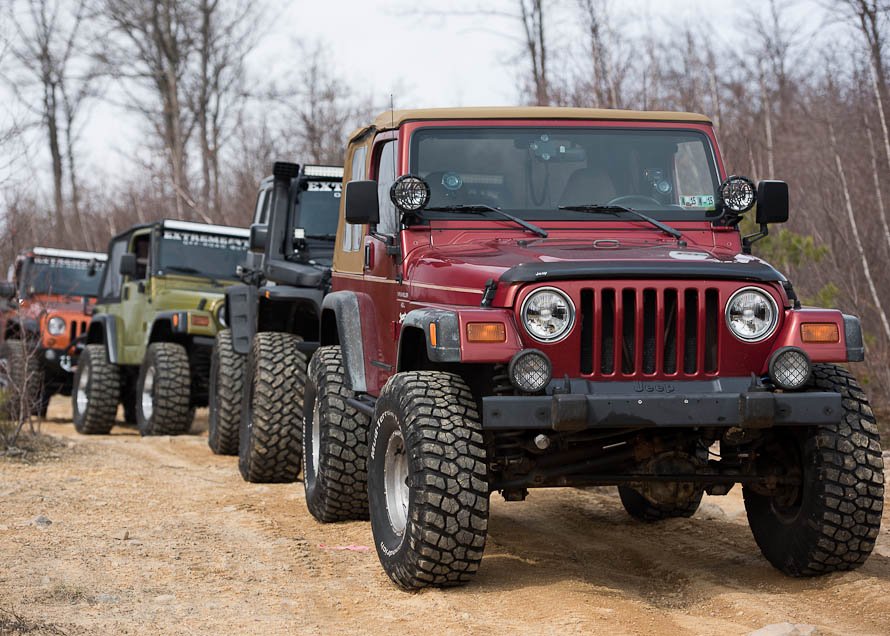When it comes to off-roading adventures or adding a rugged edge to your vehicle, few upgrades are as essential as a Jeep lift kit. Not only does it enhance your Jeep’s appearance, but it also boosts its performance on uneven terrains. However, proper maintenance is key to ensuring your lift kit and suspension system remain in top condition for years. Regular upkeep prevents wear and tear, improves safety, and ensures smooth rides on rugged trails and city roads. This guide will explore the best practices for maintaining your Jeep’s lift kit and suspension system effectively.
1. Regular Inspection is Crucial
Regular inspection of your lift kit and suspension system is the foundation of effective maintenance. Check for any signs of wear, rust, or damage on components like bushings, bolts, and springs. Tighten loose bolts and ensure that brackets are secure. Visual inspections help you catch small issues before they turn into major problems.
2. Keep Components Clean
Dirt, mud, and grime can accumulate on your lift kit and suspension system, causing premature wear and corrosion. Clean the components thoroughly after every off-road trip or whenever the Jeep is exposed to harsh conditions. Use a pressure washer to remove dirt, but avoid using excessive force that might damage delicate parts. Ensure all parts are dry before reassembly to prevent rust formation.
3. Lubricate Moving Parts
Lubrication is essential for the smooth functioning of moving components in your lift kit and suspension system. Apply high-quality grease to parts like bushings, ball joints, and control arms. This minimizes friction and protects against wear. Regular lubrication also improves the overall performance of the jeep dynamic lift kit and enhances its longevity.
4. Check for Alignment Issues
A lift kit can affect your Jeep’s alignment, potentially leading to uneven tire wear and poor handling. Schedule periodic alignment checks with a professional mechanic, especially after installing or adjusting the lift kit. Proper alignment improves your driving experience and reduces strain on the suspension system.
5. Monitor Shocks and Struts
Shocks and struts are vital for absorbing impacts and maintaining stability. Inspect these components for leaks, dents, or signs of wear. It might be time to replace the shocks if you notice reduced ride comfort or unusual noises. Maintaining these parts ensures your Jeep lift kit performs optimally in all conditions.
6. Replace Worn-Out Parts Promptly
Specific components in the suspension system may need replacement over time. Delaying replacements can damage the lift kit further. Keep spare parts handy and address any issues immediately. Investing in high-quality replacement parts enhances your Jeep’s reliability and reduces future maintenance costs.
7. Avoid Overloading
Your Jeep’s suspension system has a weight limit. Overloading can strain the lift kit and suspension components, leading to damage and reduced performance. Always adhere to the manufacturer’s guidelines for load limits to avoid unnecessary wear.
Maintaining your Jeep’s lift kit and suspension system is about preserving its rugged look and ensuring safety, performance, and durability. From regular inspections to professional alignment checks, every step matters in keeping your Jeep in top shape. By following these tips, you can enjoy a smoother, safer driving experience while maximizing the life of your jeep dynamic lift kit and overall suspension system.











